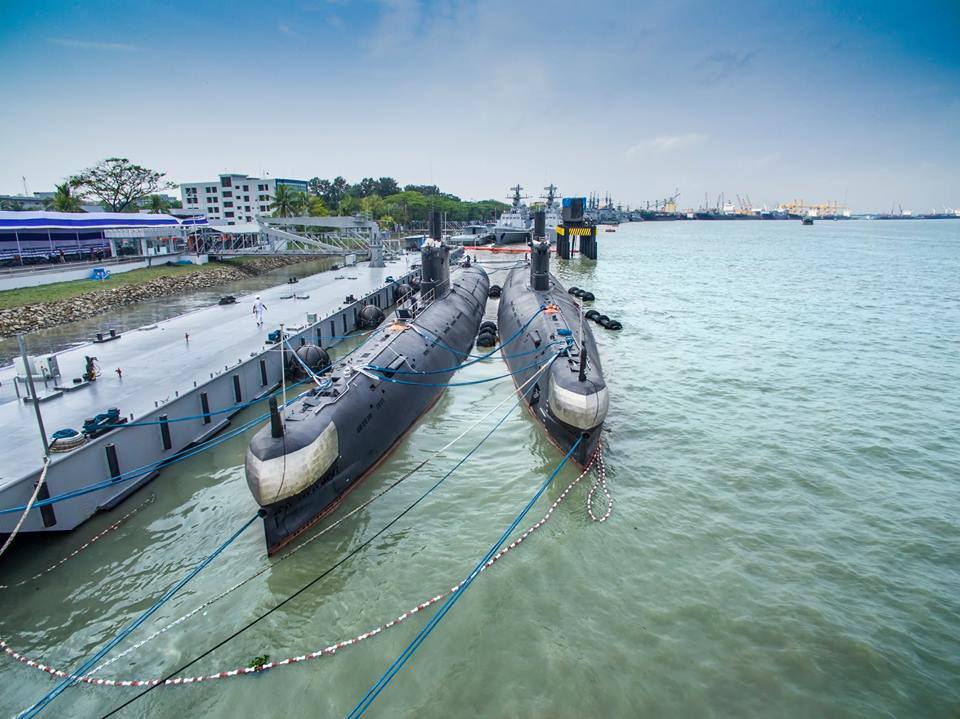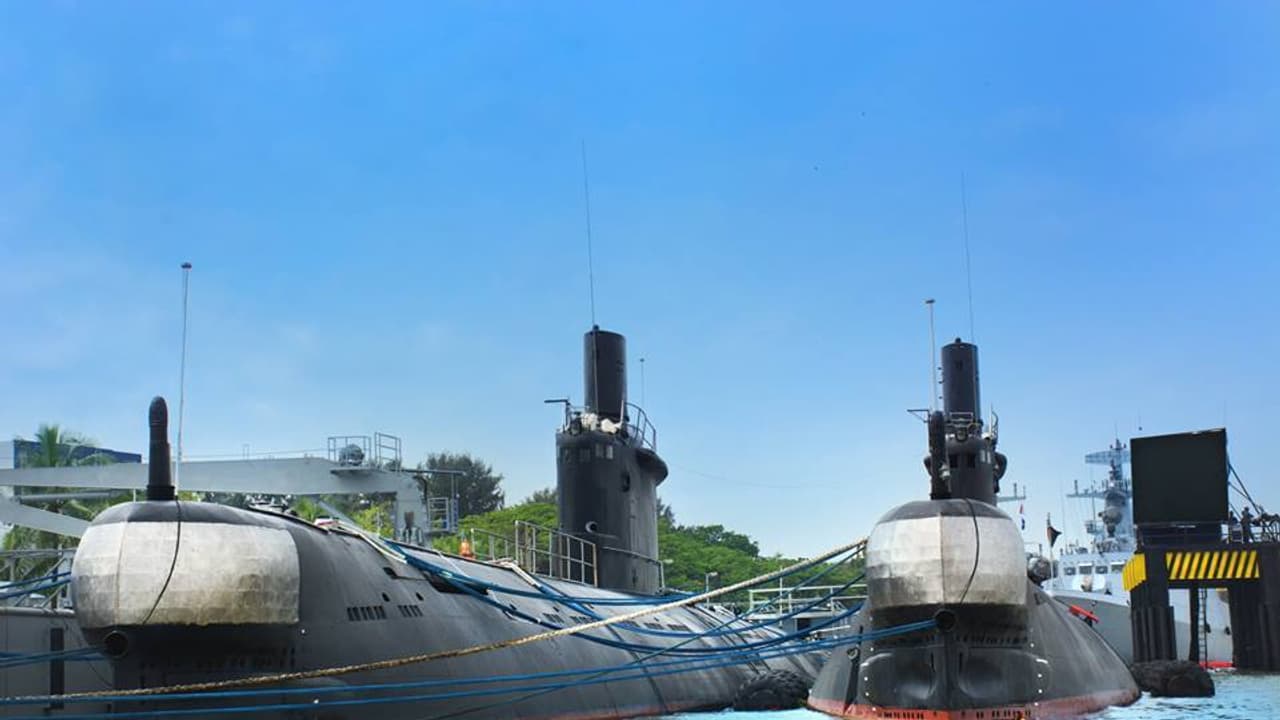China’s submarine exports to South Asia show a pattern — refurbished, outdated models with limited capabilities. As Pakistan readies its Hangor-class, Bangladesh and Myanmar’s Ming-class woes raise doubts over performance, endurance, and upkeep.
New Delhi: In March last year, Bangladesh cut the ribbon on the BNS Sheikh Hasina submarine base at Pekua. Costing over a billion dollars, the state-of-the-art facility was built to house and maintain two Chinese-supplied submarines. But for much of the year, those submarines — Type-035G Ming-class boats delivered in 2016 and 2017 — were tied up alongside, their patrols limited and their operational impact questioned by naval observers in Dhaka.
For Beijing, the sale was another entry in a growing ledger of submarine exports to South and Southeast Asia. For the recipients, the experience has been more sobering: expensive to buy, costly to maintain, and far from the cutting edge.
Old hulls, new paint
The Ming-class is a Chinese development of the Soviet Romeo-class design, first launched in the 1970s.
The Type-035G variant supplied to Bangladesh was refurbished before delivery, but lacks air-independent propulsion (AIP) and carries sonar and combat systems considered dated by modern standards. While adequate for basic training and coastal defence, its noise levels and endurance fall short of requirements for extended patrols in contested waters.
Bangladesh’s Navy has made efforts to integrate the submarines into its force structure, but the vessels’ availability has been limited. Crew training cycles are long, and the upkeep of ageing machinery is intensive.
A portion of the new base’s infrastructure is devoted simply to keeping the boats operational — a significant overhead for a navy of modest size and budget.

Scroll to load tweet…
Myanmar’s Ming
Across the Bay of Bengal, Myanmar received a similar Ming-class submarine from China in December 2021. It joined an ex-Indian Kilo-class acquired the previous year, giving the Myanmar Navy its first taste of undersea operations. But here too, the Chinese-supplied boat is best suited for short-duration patrols close to home waters.
Defence analysts note that the Ming’s acoustic profile is relatively easy to detect for modern anti-submarine forces, reducing its survivability in any high-threat environment.
Myanmar’s case highlights another aspect of Chinese submarine exports: they are often part of broader political and economic arrangements, with the equipment itself serving as much as a symbol of partnership as a warfighting asset.
A pattern of limitations
These two examples reveal a pattern in China’s submarine sales. While Beijing’s domestic fleet has advanced rapidly, the models it exports — especially to smaller navies — are frequently older designs, refurbished and refitted, but without the most advanced propulsion, sensors, or weapons.
The result is that recipient navies acquire platforms that look impressive in parades and press releases but deliver limited operational returns. They can be useful for training crews, establishing basic submarine operations, and signalling a new capability. But in terms of stealth, endurance, and combat effectiveness, they fall well short of contemporary benchmarks.
Scroll to load tweet…
Implications for Pakistan
This track record is particularly relevant as Pakistan moves forward with its Hangor-class submarine project — eight boats based on the Chinese Yuan-class design, four to be built in China and four at Karachi Shipyard. Unlike the Mings, the Yuan is a modern, AIP-equipped submarine. But export versions are expected to differ from those in the Chinese service, and recent experience in Thailand has raised questions about key components.
Thailand’s order for a single S26T Yuan-derivative stalled for years after Germany refused to supply MTU diesel engines, forcing a switch to China’s unproven CHD-620 powerplant.
Bangkok finally agreed to the change in 2025, but accepted a delay of more than three years. Pakistan’s Hangor-class is also understood to be using the CHD-620, with potential implications for performance and delivery timelines.
Naval analysts caution that even with AIP, the export Yuan’s endurance and acoustic discretion will be tested in the northern Arabian Sea — an area monitored by India’s P-8I patrol aircraft, MH-60R helicopters, and a growing network of seabed sensors.
Scroll to load tweet…
Beyond the sales pitch
For recipient navies, the allure of a submarine capability is strong. It offers prestige, new tactical options, and the perception of strategic depth. But as Bangladesh and Myanmar have found, the leap from ownership to effective, sustained operations is significant, and the age, design lineage, and export configuration of Chinese-supplied submarines make that leap even harder.
As Pakistan prepares to induct its first Hangor-class boats, it will be doing so in an environment where the limitations of Beijing’s submarine exports are already visible in the region. If the Mings in Chittagong and Yangon are any guide, the challenge will not be commissioning the boats — it will be keeping them at sea, ready for action, and relevant in waters where adversaries have spent years refining their ability to find them.
